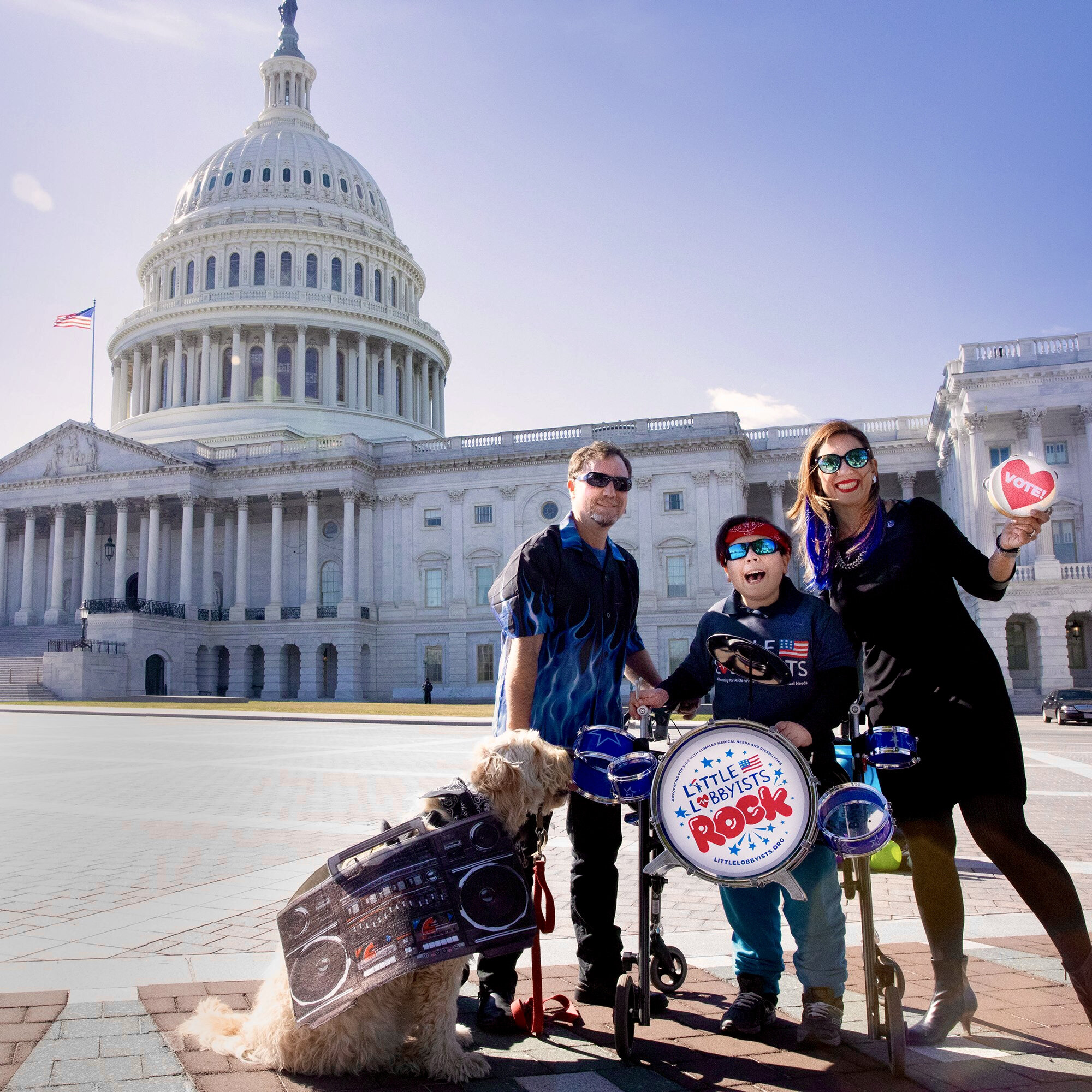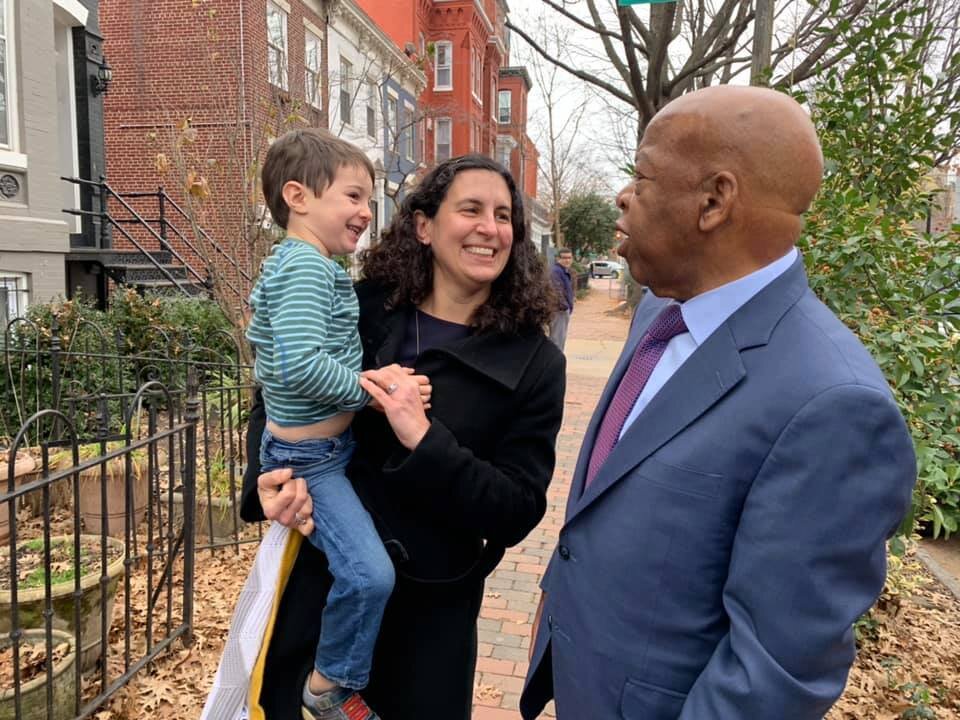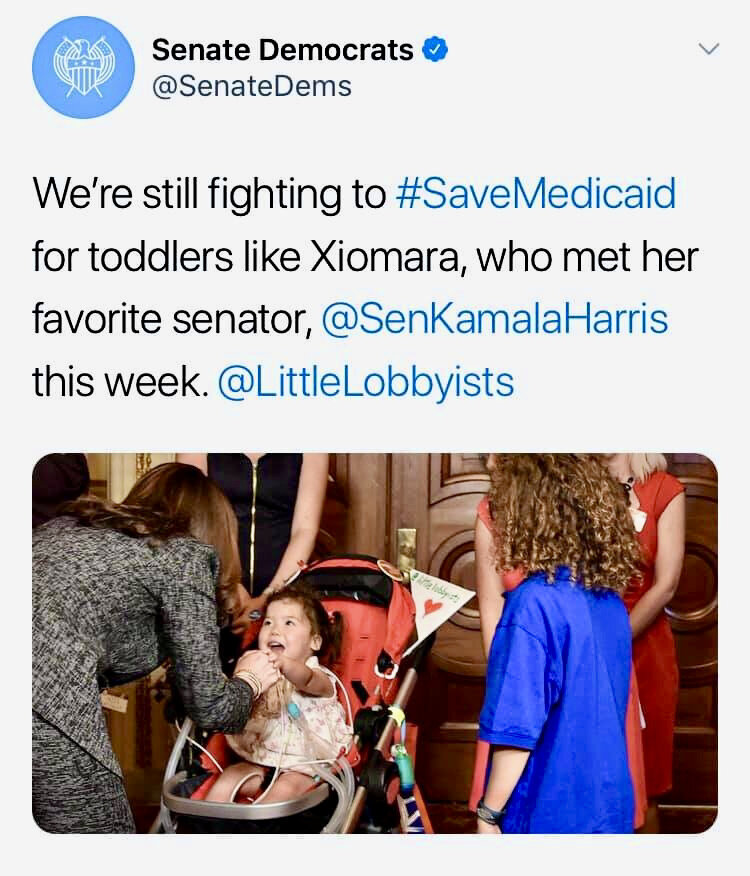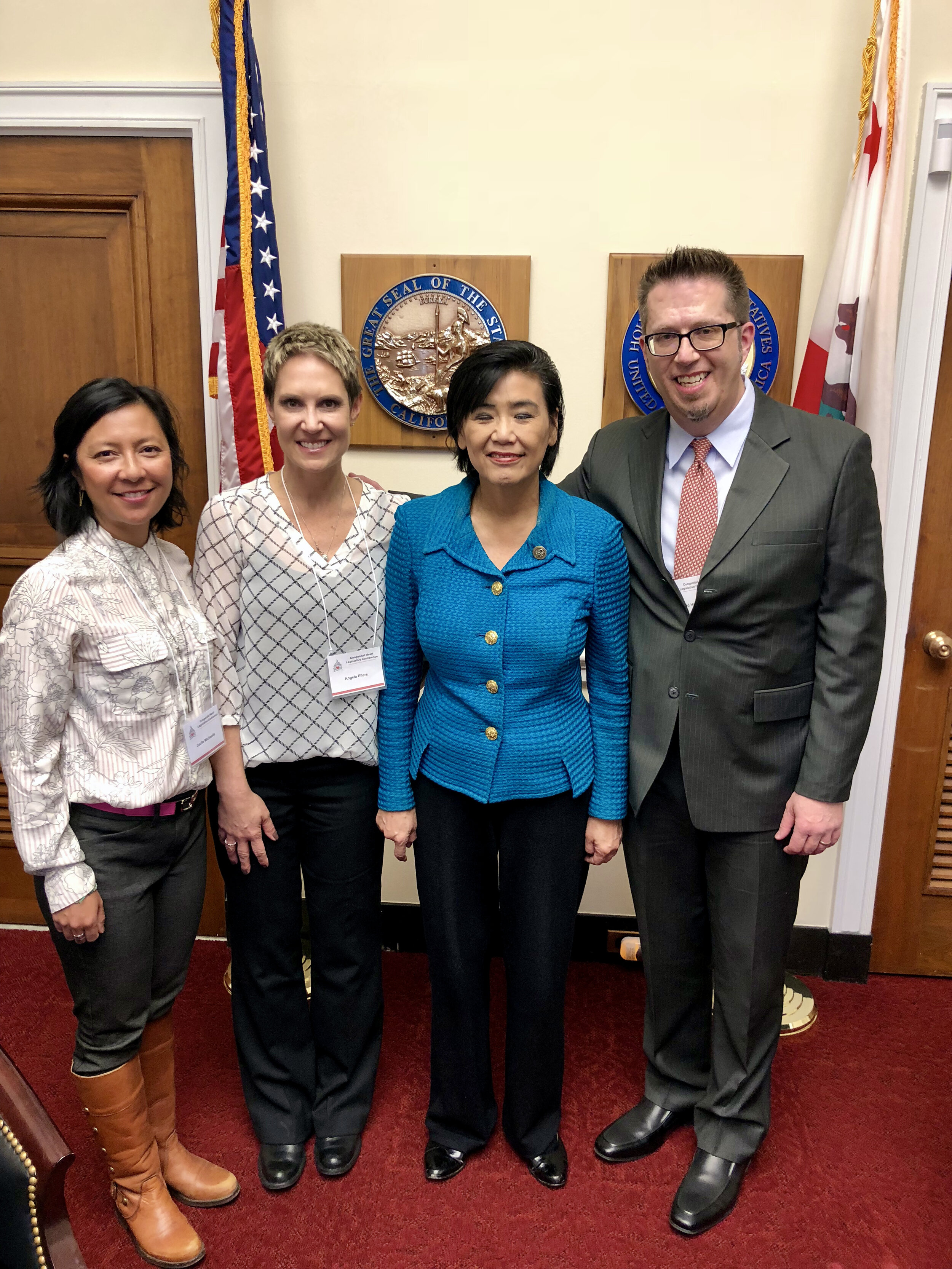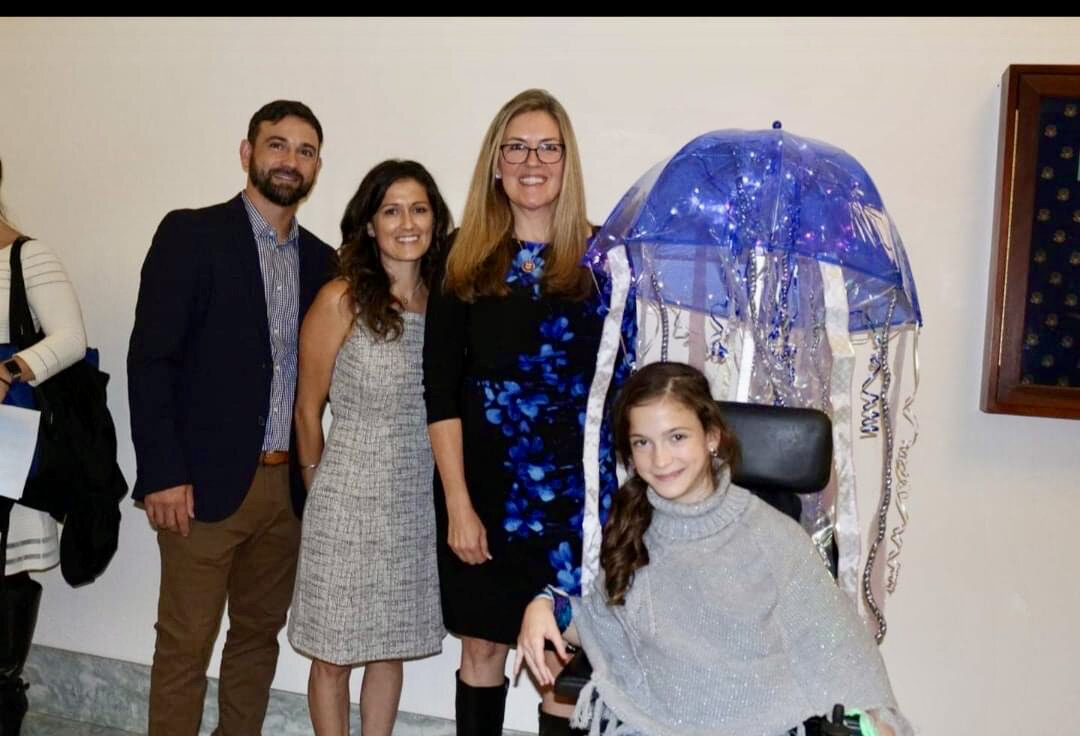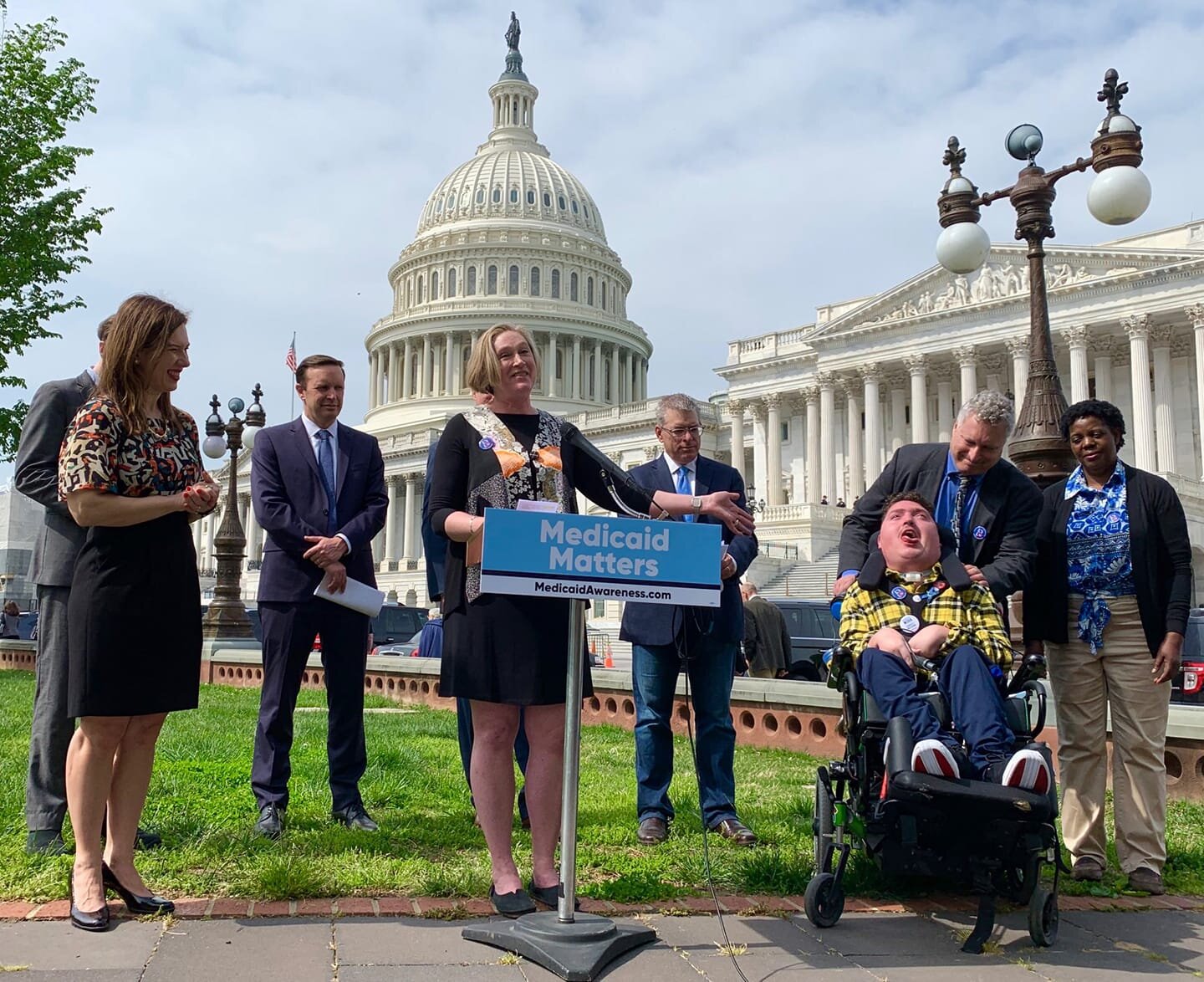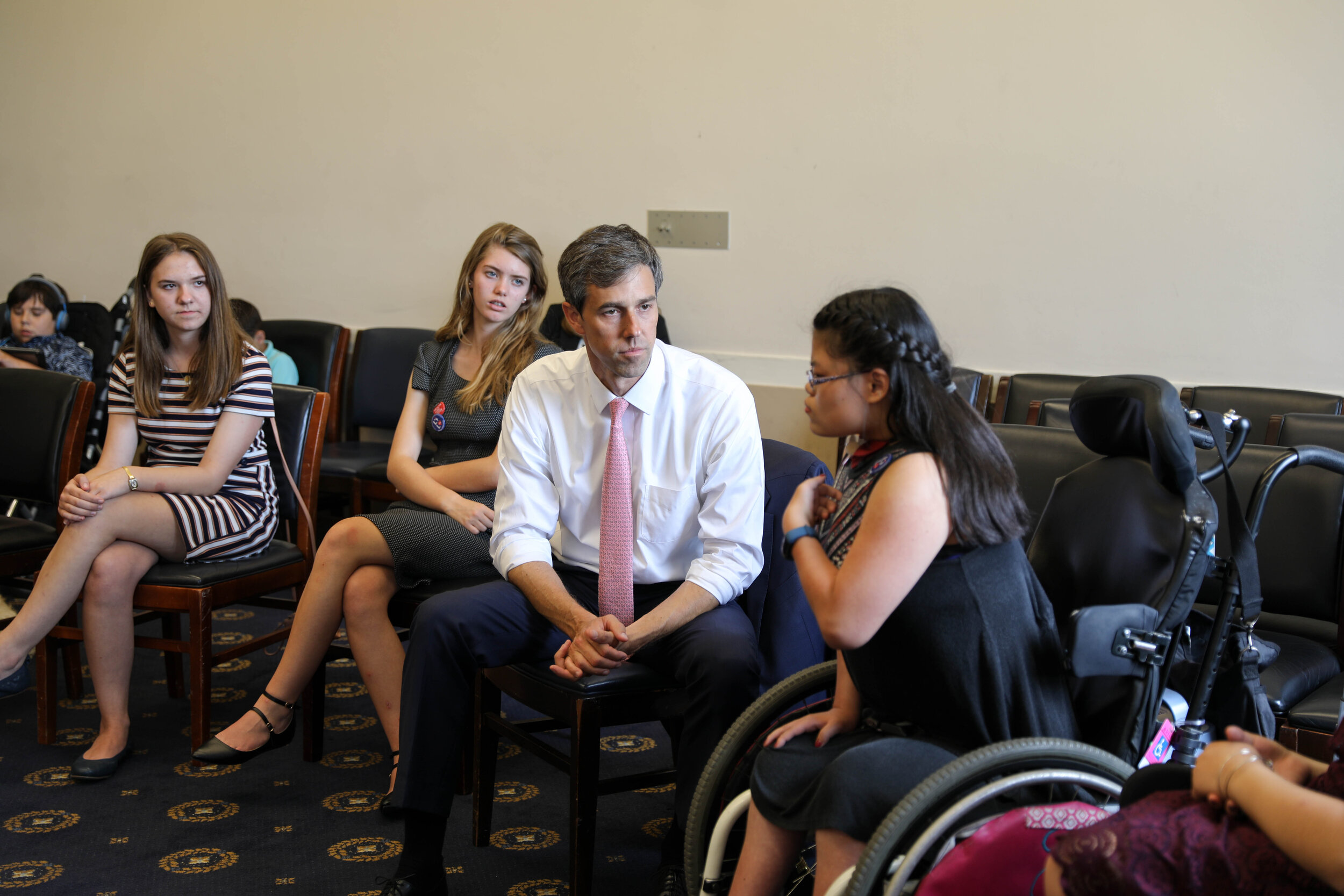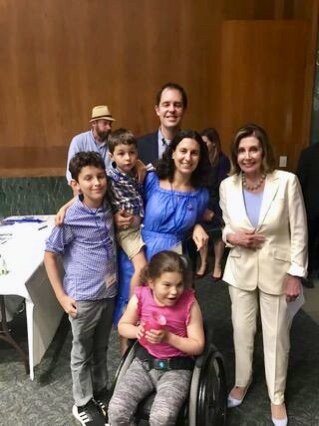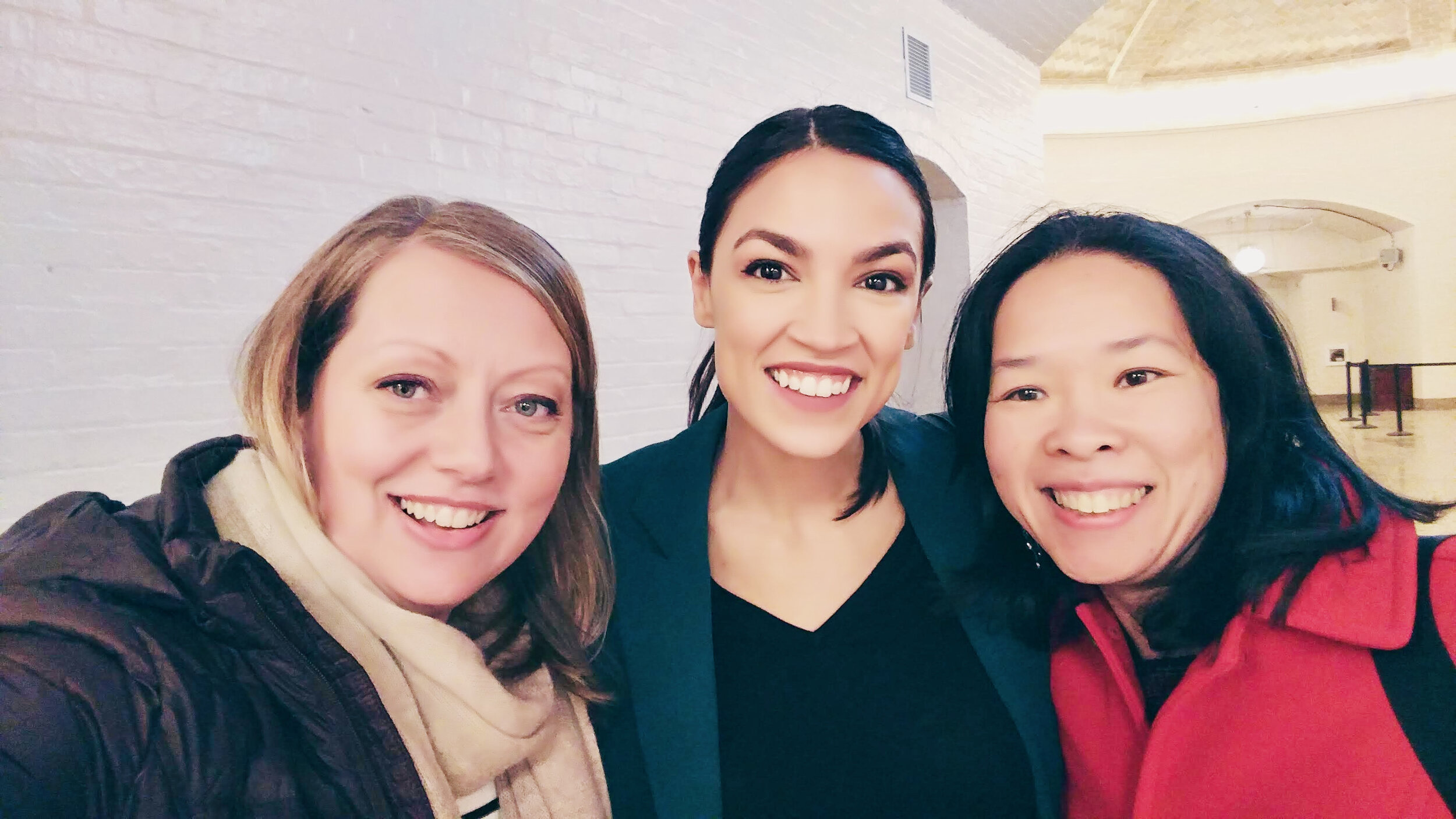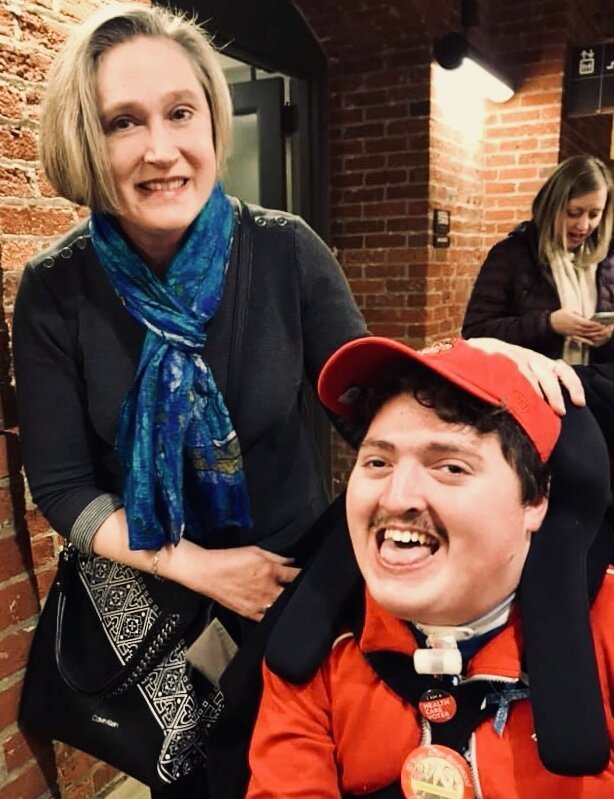Grace Dow (r) with her young sister (l) at Grace’s high school graduation party. Grace wears a red shirt and is using an adaptive walker, and her sister a blue shirt. Both women have dark skin and dark hair. They are in a room set up for a party with red and blue balloons and tables covered with white table cloths.
Adulthood is a challenging time for most young adults and their families. For adults with disabilities and their parents, it’s extra challenging. As an adult with Cerebral Palsy, adulthood has been more challenging than I’d imagined. Luckily, my parents have been supportive. I am lucky to have a large, extended family as well.
My parents made sure that I knew what Cerebral Palsy was when I was young. I knew that I was different from most of my peers when I was growing up. An emphasis was always put on my strengths, and while this was helpful, I wish that I'd had a better understanding of how Cerebral Palsy would affect everyday life. It is essential to let your child know that they may have challenges and limitations as well. I was unaware of how my disability would affect adult milestones such as employment and marriage.
When I was young, I played baseball through a program called Buddy Baseball. I liked being around other people with disabilities. I also played sled hockey as a teenager. I met people with various disabilities through sports. Massachusetts has ample recreation opportunities available for disabled people. I felt like I belonged while playing sports.
As I grew up, though, I had lots of questions about my future. I knew that I wanted to have a career. I wanted to live on my own one day. I even hoped to get married. I had goals, but had no idea how to achieve them. My parents encouraged me to follow my dreams. They helped me explore different careers, and what I might be interested in doing in the future. In my senior year of high school, I began working with my local vocational rehabilitation office. Unfortunately, their services didn't work well for me. High staff turnover led to me working with three different counslers, and it was difficult to get in touch with them. Figuring out what kind of career I want to pursue has been a challenge. Since last year, I've run a blog where I write about my experiences as someone with Cerebral Palsy. I eventually want to make writing my full-time job. Writing is one of my passions in life.
Grace Dow (l) and her best friend (r) are seated next to a table with a display about adaptive sports. The trip-fold display has many photos and descriptive text boxes on it. Grace is wearing a white button-down shirt and has dark skin and dark hair. Her friend is wearing glasses, a winter hat and coat and has light skin and light hair.
One of the most important things my parents have done since I have become an adult is help me navigate life as a disabled adult. I knew very little about independent living and what it would look like. My parents made me aware of resources such as the local independent living center. I also received a laptop computer through United Cerebral Palsy. I moved out two years ago, and my parents were nervous. They provided many of the furnishings and other equipment for my apartment which included a bath bench, an electric bed, and a new dresser.
For me, figuring out healthcare has been difficult. I received a new power wheelchair last year, and it was a complicated process that took over a year. My parents helped throughout the process, but they didn’t do the work for me. They helped me write an appeal to my private insurance company and fundraise for the seat elevator. Before turning 18, my parents did all of the advocacy on my behalf. They wrote letters and made phone calls to insurance companies. Back then, I was glad that I didn’t have to figure it out on my own.
My parent's role in my life has changed since I became an adult. They are now supporting me rather than doing things for me. I am fortunate to have two parents who have always been loving and supportive.
The transition to adulthood is a challenging time for everyone. It is even more difficult when your child has a disability. With support, adults with disabilities can live their lives to the fullest.
Grace Dow is a writer and advocate for those with disabilities. She lives in Massachusetts. In her free time, Grace enjoys reading, watching movies, and being with her friends and family. Please visit Grace’s blog!










